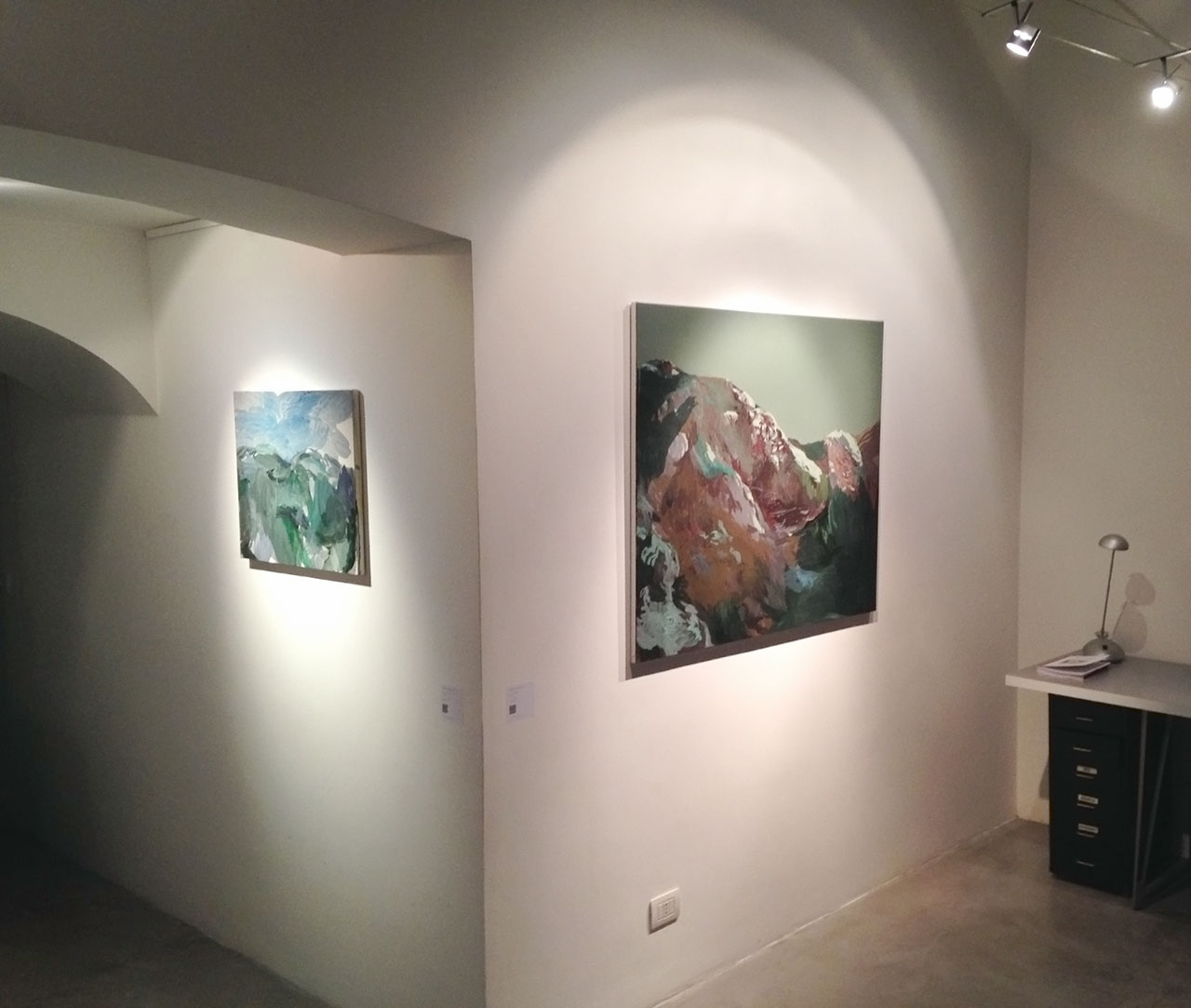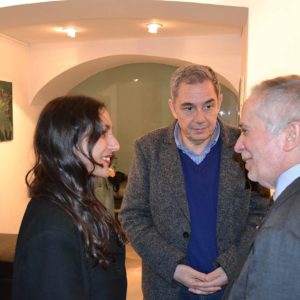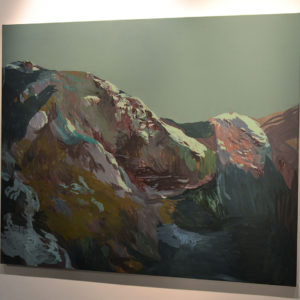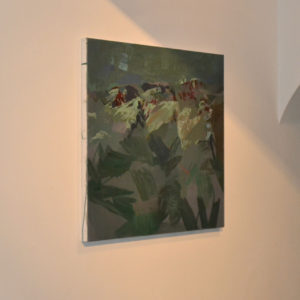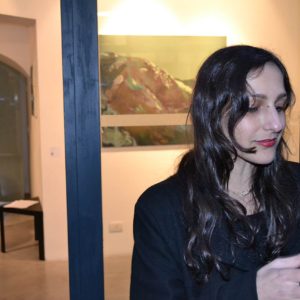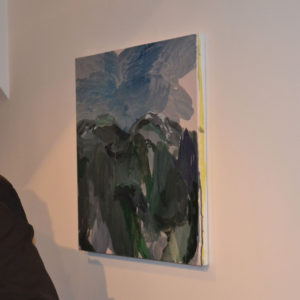Voce dal sen sfuggita
Marta Mancini
15 Apr 2014 - 9 May 2014
Vernissage
Tuesday 15 Apr 2014 | 17:00-23:00
Critics
Paolo Aita
Artist profile
Marta Mancini
Marta Mancini
Our attitude about what surrounds us can be seen from the terms we use. If we talk about space, we probably refer to a metropolitan type of environment, a denatured, comfortable, and shaped in a way that makes it easy to exist; on the contrary, if we talk about landscape, our reference is probably naturalistic, and so we feel the difficulties of this habitat, starting from the distances of open spaces. The attention to our projections towards the environment around us are almost a century old, so the choice to paint nature instead of metropolis already tells us a lot about Marta Mancini, who makes a choice against the current, living, like most of us, in the city.
The natural landscape is divided by the horizon line, and is one of the most widespread and intense symbolic elements. In this case the horizon serves to separate what is solid from what is aerial. In these landscapes they are united by a sign treatment that makes them become receptacles of a rather strong pictorial attitude. In fact Marta Mancini seems to cultivate the illusion of being able to touch not only what is on the horizon, but also the clouds. Everything in front of her eyes is subjected to a tactile transfiguration, which chooses painting to tell its story. Of course, the effects of this treatment are not long in coming to be felt, so we feel interference between us and the landscape, and demultiply it, creating co-presences on the canvas.
The strong subjective charge of Marta Mancini recounts a common destiny that unites the solid and the airplane, a destiny that also involves and absorbs the accidents of painting, generated by intensely personal research. The color carries the stigmata of a soul color, so we can hardly separate the nocturnal from the diurnal in these seriously unnatural landscapes, where, indeed, nature is only a pretext. It is so evident that the landscape, any landscape, is only a metaphor of our condition, nothing else, even less a place to live.
Paolo Aita

